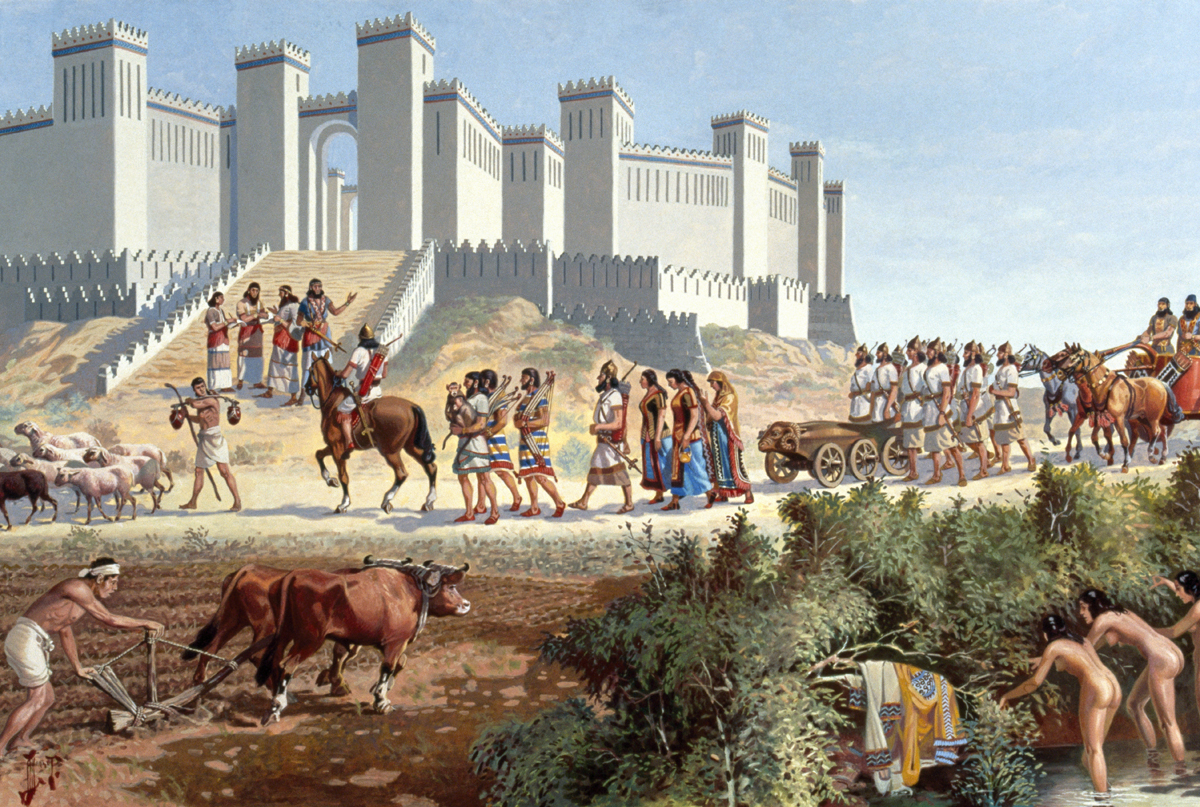Fascinating Facts About Ancient Civilizations
Ancient civilizations laid the foundation for modern society through their innovations, cultures, and traditions. From the majestic pyramids of Egypt to the advanced engineering of the Roman Empire, these civilizations left a lasting legacy that continues to intrigue and inspire us today. Here, we explore some fascinating facts about ancient civilizations that highlight their achievements and contributions to human history.
- The Great Pyramid of Giza
- The Great Pyramid of Giza, built around 2560 BC, is one of the Seven Wonders of the Ancient World. It is made up of over 2 million limestone blocks, each weighing between 2 to 70 tons, and was originally covered in polished white Tura limestone, making it shine brightly in the sun.
- The Library of Alexandria
- The Library of Alexandria, founded in the 3rd century BC, was one of the largest and most significant libraries of the ancient world. It is estimated to have contained hundreds of thousands of scrolls and texts from various cultures, making it a center of learning and scholarship.
- The Roman Roads
- The Romans built an extensive network of roads, stretching over 250,000 miles (400,000 kilometers) across their empire. These roads facilitated the movement of troops, goods, and information, contributing to the growth and stability of the Roman Empire.
- The Hanging Gardens of Babylon
- The Hanging Gardens of Babylon, believed to have been built in the ancient city of Babylon (modern-day Iraq), are considered one of the Seven Wonders of the Ancient World. They were a series of terraced gardens containing a wide variety of plants and trees, irrigated by a complex system of waterways.
- The Code of Hammurabi
- The Code of Hammurabi, dating back to around 1754 BC, is one of the oldest deciphered writings of significant length in the world. It contains 282 laws covering various aspects of life, including commerce, marriage, and crime, and is famous for its principle of “an eye for an eye.”
- The Mayan Calendar
- The ancient Maya developed a complex calendar system that consisted of several interlocking cycles, including a 260-day ritual calendar and a 365-day solar calendar. They also had a long-count calendar that could track dates over millions of years.
- The Colosseum
- The Colosseum in Rome, completed in AD 80, could hold between 50,000 to 80,000 spectators and was used for gladiatorial contests and public spectacles. It is a testament to the architectural and engineering prowess of the ancient Romans.
- The Moai Statues of Easter Island
- The Moai statues of Easter Island, built between 1400 and 1650 AD, are iconic symbols of the island’s Polynesian culture. The statues, carved from volcanic rock, are known for their large heads and elongated bodies, with the largest statue standing at over 30 feet (9 meters) tall.
- The Indus Valley Civilization
- The Indus Valley Civilization, one of the world’s oldest urban civilizations, flourished around 3300 to 1300 BC in what is now Pakistan and northwest India. It had sophisticated urban planning, a system of writing, and traded with other ancient civilizations.
- The Pyramids of Teotihuacan
- The ancient city of Teotihuacan, located near modern-day Mexico City, was home to impressive pyramids, including the Pyramid of the Sun and the Pyramid of the Moon. These pyramids were built between the 1st and 7th centuries AD and are among the largest in Mesoamerica.
These fascinating facts about ancient civilizations offer a glimpse into the ingenuity, creativity, and achievements of our ancestors, reminding us of the rich tapestry of human history that has shaped the world we live in today.
